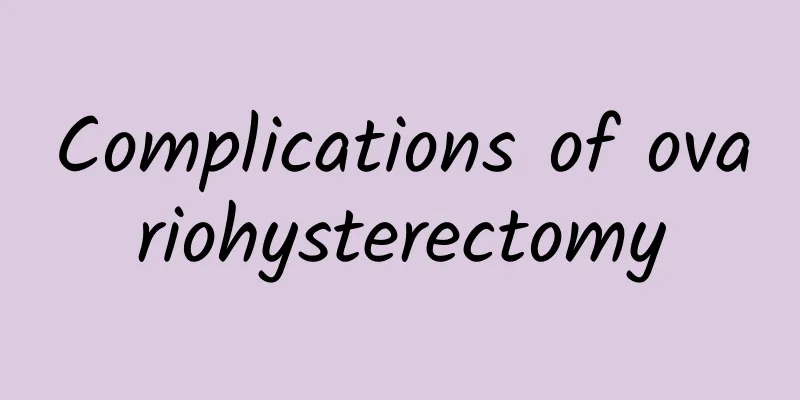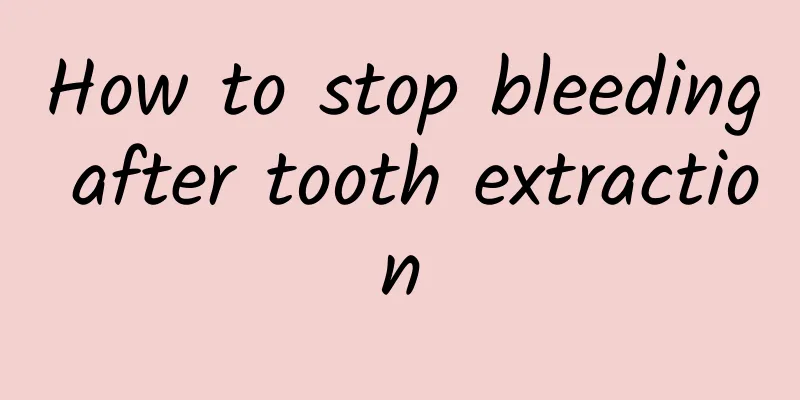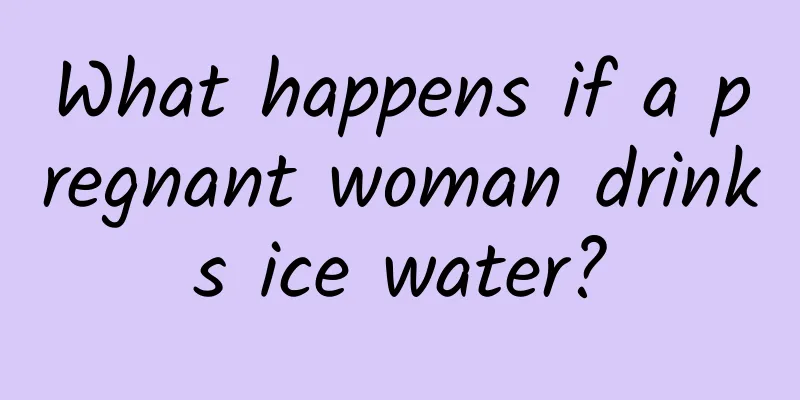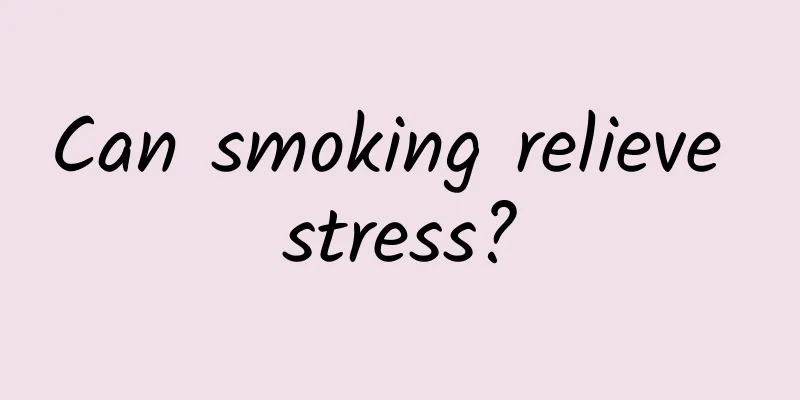What to do if the nerve root of lumbar disc herniation is adherent

|
If lumbar disc herniation causes nerve root adhesion, a CT scan can reveal that physical therapy for adhesions is generally ineffective, so surgery can be used for treatment. Adhesions will cause edema, which will worsen the condition. The patient must rest in bed, take some blood-activating and blood-stasis-removing drugs, and take some anti-inflammatory drugs. 1. Non-surgical treatment Most patients with lumbar disc herniation can be relieved or cured through non-surgical treatment. The treatment principle is not to restore the degenerated and protruding intervertebral disc tissue to its original position, but to change the relative position of the intervertebral disc tissue and the compressed nerve root or partially retract it, thereby reducing the pressure on the nerve root, loosening the adhesion of the nerve root, eliminating the inflammation of the nerve root, and thus alleviating the symptoms. Non-surgical treatment is mainly suitable for: 1. young patients, first-time patients or patients with a short course of illness; 2. patients with mild symptoms that can be relieved by themselves after rest; 3. patients with no obvious spinal stenosis on imaging examination. Supportive care Supportive care with glucosamine sulfate and chondroitin sulfate can be tried. Glucosamine sulfate and chondroitin sulfate are clinically used to treat osteoarthritis in various parts of the body. These chondroprotective agents have a certain degree of anti-inflammatory and anti-cartilage decomposition effects. Basic research shows that glucosamine can inhibit the production of inflammatory factors by spinal nucleus pulposus cells and promote the synthesis of glycosaminoglycans, a component of the intervertebral disc cartilage matrix. Clinical studies have found that injecting glucosamine into the intervertebral disc can significantly reduce lower back pain caused by degenerative disc disease and improve spinal function. Case reports suggest that oral glucosamine sulfate and chondroitin sulfate can reverse disc degeneration to some extent. 2. Surgical treatment (1) Indications for surgery: ① Patients with a history of more than three months, who have no effect on strict conservative treatment or who have been effective with conservative treatment but have frequent relapses and severe pain; ② Patients with severe pain, especially in the lower limbs, who have difficulty moving and sleeping and are in a forced posture; ③ Patients with cauda equina compression; ④ Patients with single nerve root paralysis, accompanied by muscle atrophy and decreased muscle strength; ⑤ Patients with spinal stenosis. (2) Surgical method: Through a posterior lumbar incision, partial resection of the lamina and articular processes, or disc resection through the interlaminar space. For central disc herniation, laminectomy is performed followed by epidural or intradural discectomy. Patients with lumbar instability and lumbar spinal stenosis require spinal fusion surgery at the same time. In recent years, minimally invasive surgical techniques such as microdiscectomy, microendoscopic discectomy, and percutaneous transforaminal endoscopic discectomy have reduced surgical damage and achieved good results. |
<<: Can crawling cure lumbar disc herniation?
>>: What are the consequences of severe lumbar disc herniation?
Recommend
What are the common orthopedic diseases?
In real life, many pediatric orthopedic departmen...
How to practice and open your voice?
Everyone knows that people who don’t use their vo...
How to relieve itchy eyes due to conjunctivitis
Conjunctivitis is a very common disease in daily ...
What is the reason for high blood sugar
High platelet count means high platelets, the mos...
Can I eat apples after taking Chinese medicine?
Nowadays, most people are in sub-health condition...
Does Zhibai Dihuang Wan nourish the kidney?
The modern life is fast-paced and stressful, and ...
What to do if there is tartar on your teeth? There are some tips to remove tartar
Tartar is a hard mineral deposit that forms on yo...
The harm of surgical anesthesia to the human body
As we all know, many surgeries currently require ...
My little brother has blisters
Blisters on the penis are a problem that many men...
Dietary care for hepatic encephalopathy
Hepatic encephalopathy is caused by more serious ...
Why do I shiver when I sleep?
When people sleep, they enter a subconscious stat...
The efficacy and function of sandalwood seeds
Sandalwood seeds are very popular in life because...
What are the effects and functions of mulberry leaves?
In the hot summer, people generally like to eat m...
Can exercise effectively treat myocardial ischemia?
People with myocardial ischemia are actually not ...
What to do if the corners of your mouth repeatedly develop blisters, swelling, and scars
We often see people getting blisters, redness, sw...









